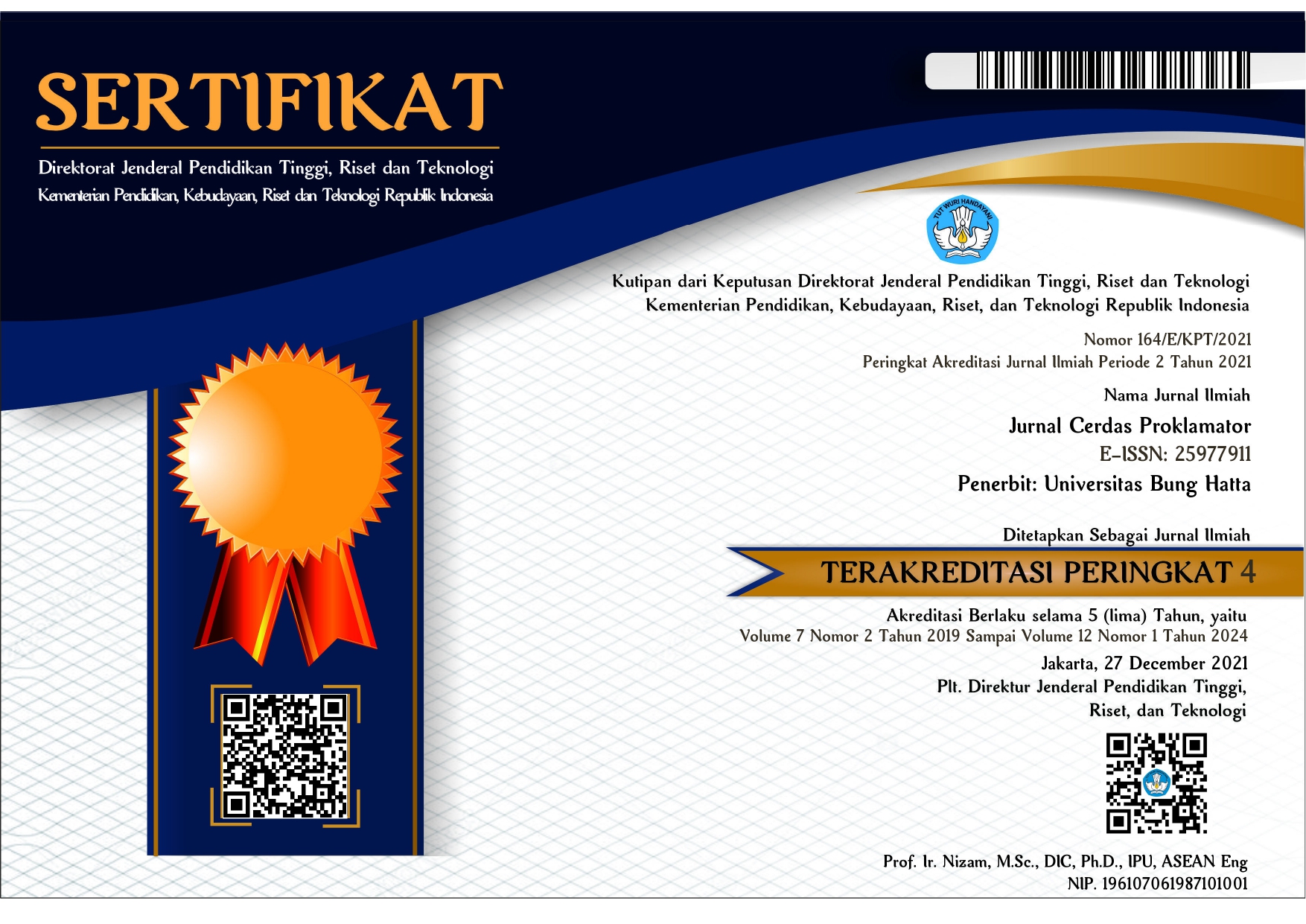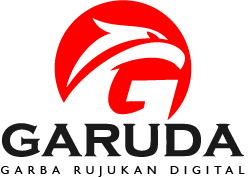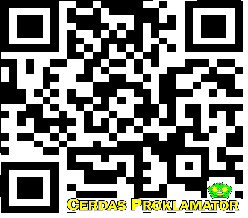PENGEMBANGAN APLIKASI MOBILE LEARNING PEMBELAJARAN PENDIDIKAN AGAMA BUDDHA DAN BUDI PEKERTI KELAS IV SD
Keywords:
Mobile Learning, Buddhist Education, Four-D ModelAbstract
This research and development aim to 1) developing mobile learning application on tolerance in culture of Buddhist Education subjects, 2) knowing the quality of the mobile learning application by validity, practicality, and effectivity of the product.
This research and development are done by using Four-D model which consists of define, design, develop, and disseminate. The develop stage using multimedia development life cycle of six stages, which are concept, design, material collecting, assembly, testing, and distribution.
The validity of the product by assessment of material experts and media experts resulting V score of 0,9 that means valid. The practicality of the product by assessment of the students resulting k score of 0,86 which is very practical. The effectivity of the product is conducted by doing test in experimental class and control class resulting N Gain score of experimental class is 77,27% in category effective in conclusion the mobile learning application is valid, practical, and effective.
References
Aziz Ardiansyah, A., & Nana. (2020). Peran Mobile Learning Sebagai Inovasi Dalam Meningkatkan Hasil Belajar Siswa Pada Pembelajaran Di Sekolah. Indonesian Journal Of Educational Research and Review, 3(1), 47–56. https://doi.org/10.23887/ijerr.v3i1.24245
Dwi Rahayu, D., Halimatus Sakdiyah, S., & Delawanti Chrisyarani, D. (2021). Pengembangan Media Interaktif Berbasis Adobe Animate CC Pembelajaran Ilmu Pengetahuan Sosial Kelas IV. Sistem-Among: Jurnal Pendidikan Sekolah Dasar, 1(3), 1–10. https://journal.actual-insight.com/index.php/sistem-among/article/view/354
Fikri, Hasnul., Madona, Ade Sri., & Morelent, Yetty. (2018). The Quality of Interactive Multimedia in Indonesian Language Learning at the 5th Grade of Elementary School: The Practicality and Effectiveness after Wide-Scale Tryout. Asia Proceedings of Social Sciences. 2(4). 105-109. https://doi.org/10.31580/apss.v2i4.352
Lestari, S. (2018). Peran Teknologi Dalam Pendidikan Di Era Globalisasi.Edureligia: Jurnal Pendidikan Agama Islam, 2(2), 94–100.https://doi.org/10.33650/edureligia.v2i2.459
Manuel, R. A., & Sutanto, A. (2021). Generasi Alpha?: Tinggal Diantara. Jurnal Sains, Teknologi, Urban, Perancangan, Arsitektur (Stupa), 3(1), 243–260. https://doi.org/10.24912/stupa.v3i1.10468
Norfika Yuliandari, R. (2020). Pola Pendidikan Dan Pengasuhan Generasi Alpha. Inventa: Jurnal Pendidikan Guru Sekolah Dasar, 04(2), 108–116. https://doi.org/10.36456/inventa.4.2.a2438
Novianti, R., Maria, I., & Riau, U. (2019). Generasi Alpha-Tumbuh Dengan Gadget Dalam Genggaman. Jurnal EDUCHILD: Pendidikan & Sosial, 8(2), 65–70.
Permata Dewi, N. A., Utami, S., & Ratri Pradnyandari, K. D. (2021). Fashion For Alpha Generation. Jurnal Viswa Design, 1(1), 32–41. https://doi.org/10.59997/vide.v1i1.899
Prismanata, Y., & Tinjung Sari, D. (2022). Formulasi Media Pembelajaran untuk Peserta Didik Generasi Z dan Generasi Alfa pada Era Society 5.0. Proceeding of Integrative Science Education Seminar, 2, 44–58. http://ejournal.iainponorogo.ac.id/index.php/jtii
Puji Astuti, D. A., Ani, I. A., & Juniawan, R. (2021). “Kaki Si Budi” (Teka-Teki Silang Buddhis) Berbasis Android. Jurnal Evaluasi Pendidikan, 12(1), 35–42.
Purwanti, Y., Falahiyah, S., Suprihadi, D., & Nisa Imania, K. A. (2023). Persepsi Siswa dan Pemanfaatan Media Pembelajaran Mobile Learning Berbasis Android pada Pembelajaran. Jurnal PETIK, 9(1), 76–83.
Putranto, D. (2022). Penggunaan Multimedia Pembelajaran Interaktif Materi Pancadhamma Terhadap Minat Belajar Siswa. Al Qalam: Jurnal Ilmiah Keagamaan Dan Kemasyarakatan, 16(1), 235–245. https://doi.org/10.35931/aq.v16i1
Rahmat, R. F., Mursyida, L., Rizal, F., Krismadinata, K., & Yunus, Y. (2019). Pengembangan media pembelajaran berbasis mobile learning pada mata pelajaran simulasi digital. Jurnal Inovasi Teknologi Pendidikan, 6(2), 116–126. https://doi.org/10.21831/jitp.v6i2.27414
Rifai, A., Suton, & Sulthoni. (2020). Pengembangan Media Mobile Learning Sebagai Pendukung Sumber Belajar Biologi Siswa SMA. Jurnal Kajian Teknologi Pendidikan (JKTP), 3(1), 10–17. https://doi.org/10.17977/um038v3i12019p010
Salsabila, U. H., & Agustian, N. (2021). Peran Teknologi Pendidikan Dalam Pembelajaran. Jurnal KeIslaman Dan Ilmu Pendidikan, 3(1), 123–133. https://doi.org/10.36088/islamika.v3i1.1047
Satria, E., Sa’ud, U.S., Sopandi, W., Tursinawati, Rahayu, A.H & Anggreni, Poppy. (2022). Pengembangan Media Animasi Interaktif dengan Pemrograman Scratch untuk Mengenalkan Keterampilan Berpikir Komputasional. Jurnal CERDAS Proklamator. 10(2). 217-228. https://doi.org/10.37301/cerdas.v10i2.169
Sefrida, D., & Enjoni, (2022). Pengembangan Modul Pembelajaran Ipa Berbasis Saintifik Tema 6 Panas Dan Perpindahannya Untuk Kelas V SDN 36 Gunung Sarikkota Padang. Jurnal CERDAS Proklamator,10(1). 11-17. https://doi.org/10.37301/cerdas.v10i1.112
Swandhina, M., & Maulana, R. A. (2022). Generasi Alpha?: Saatnya Anak Usia Dini Melek Digital. Jurnal Edukasi Sebelas April (JESA), 6(1), 1–9. https://ejournal.unsap.ac.id/index.php/jesa
Yuza, Arlina, & Ningrum, N.P. (2021). Validitas Pengembangan Media E-Komik Pembelajaran Matematika Pada Materi Pengukuran Kelas IV SD. Jurnal CERDAS Proklamator, 9(2), 1-7. https://doi.org/10.37301/cerdas.v9i2.82
Downloads
Published
Versions
- 2023-12-30 (4)
- 2024-01-04 (3)
- 2023-12-30 (2)
- 2023-12-30 (1)
Issue
Section
License
Copyright (c) 2023 Jurnal Cerdas Proklamator

This work is licensed under a Creative Commons Attribution 4.0 International License.
Copy right in each article belong to the authors.
1. The author acknowledges that the Journal Cerdas Proklamator as a publisher who publishes for the first time with the
Creative Commons Attribution 4.0 International License.
2. The Author can enter the writing separately, manage the non exclusive distribution of manuscripts that have been published in this journal into the other versions (eg sent to the repository of the author's institution, publication in book, etc), by acknowledge that the manuscript was first published in the Jurnal Cerdas Proklamator.

























